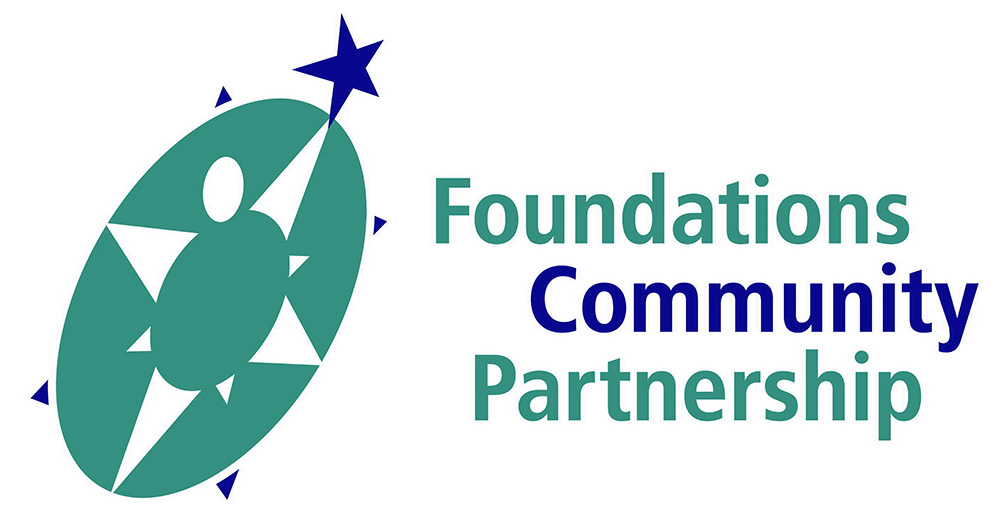Delightful and Different Point of View at Today’s Workshop
Dr. Vivian Seltzer provided an interesting perspective in her workshop entitled “The Psychological Road of Adolescence: The Indispensable Impact of Peers – Pro and Con.” Those of us who have been in practice for a while are have heard Dr. Seltzer speak in the past, and/or are aware of her publications, especially the three books that she has published on adolescence. There is no question that she is an expert on this topic. She shared her expertise with an attentive audience today. She clearly knows her “stuff.”
Dr. Seltzer stated that her early professional background began in psychiatric social work but she quickly became interested in social psychology. She completed her doctorate in developmental/clinical psychology. Along the way, Dr. Seltzer became interested in the work of Dr. Leon Festinger. He is also one of my favorite theorists (probably because his theories were short, and he had a good sense of humor). Anyway, Dr. Seltzer reminded us that Dr. Festinger was able to take complex psychological concepts and explain them in simple terms. She highlighted two of his “Theories.” 1. Social Communication, and 2. Social Comparison – This was the basis of her talk today.
Essentially, Dr. Seltzer said that the psychological work of adolescent is to compare her/himself with others around them. She provided a chart showing adolescent growth domains that are constantly under social comparison in 4 areas, physical, cognitive, emotional and social. This work is driven, exhausting, necessary for healthy development, painful at times, but mostly subliminal. It is often happening in the subconscious. She pointed out that teens are influenced by peers, parents, and older siblings, in that order, with grandparents’ way down on the list. (I think us grandparents would like to argue, but Dr. Seltzer has the data!). Dr. Seltzer also discounted the idea of a single peer group. She suggested that a “Peer Arena” contains many peer groups. One of her earlier research projects showed that adolescents may be a member of up to 34 peer groups at any point in time. She touched on the topic of “virtual peer groups” using social media, but that is a topic for another workshop.
Adopting the Ericson definition, Dr. Seltzer defined the psychological beginning of adolescence as the onset of puberty, and the end of adolescence as the achievement of a “sense of identity”, typically beginning at age 12 in girls, 14 in boys but ends by the early to mid 20’s for both. She pointed out that there is a wide cultural variation of several years for the onset of puberty. Dr. Seltzer also mentioned some common “Defensive Glitches” that disrupt the social comparison drive necessary for healthy psychological development of the adolescent. These adolescent maladaptive setbacks include choosing to “drop-out” of social comparison by: Pretending to act older or more mature, with adults, thus avoiding interaction peers; Simply avoiding peers by acting sick or staying home from school, or other peer activities; Choosing a career or a mate too early to avoid the pain of the continued quest for identity; Becoming over involved with a public or personal cause that takes energy away from the social comparison drive; or, Simply getting involved with drugs. While Dr. Seltzer acknowledged that these may be maladaptive distractions during adolescence, she suggested that mental health professionals should get the full picture of the adolescent before jumping to medication or hospitalization.
Overall, a very good workshop. Dr. Seltzer’s style was informal, inviting questions throughout, but also allowing time before the break and before the end of the workshop for questions. Sometimes this works, and sometimes it doesn’t. Today it appeared to work. During the break, and after the workshop, some participants said that they would like some concrete treatment suggestions for their practice with adolescents, others were happy with the philosophical overview provided. I thought that Dr. Seltzer’s presentation was well balanced. Like a work of art, some presenters provide a “Realistic” picture with a “cookbook” of techniques for the mental health professionalr to use. Dr. Seltzer’s style was more like an “Impressionist.” The principles are sound, but the practitioner must use their brain to complete the picture for their practice.
What do you think?
